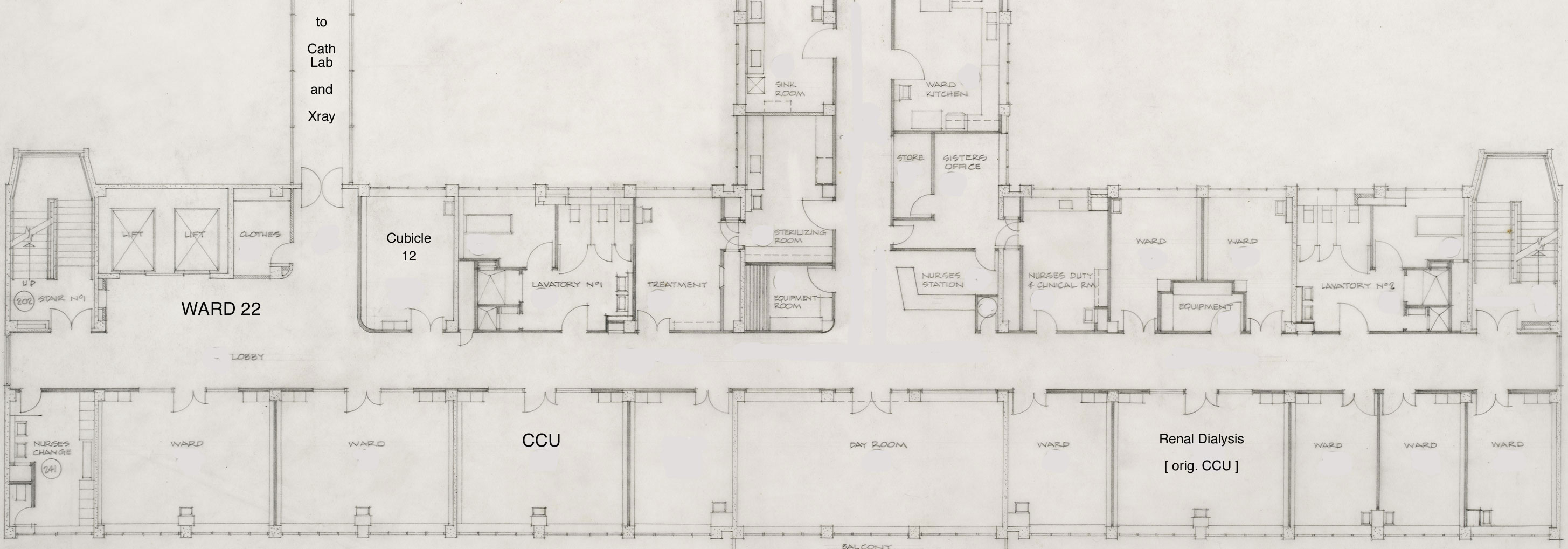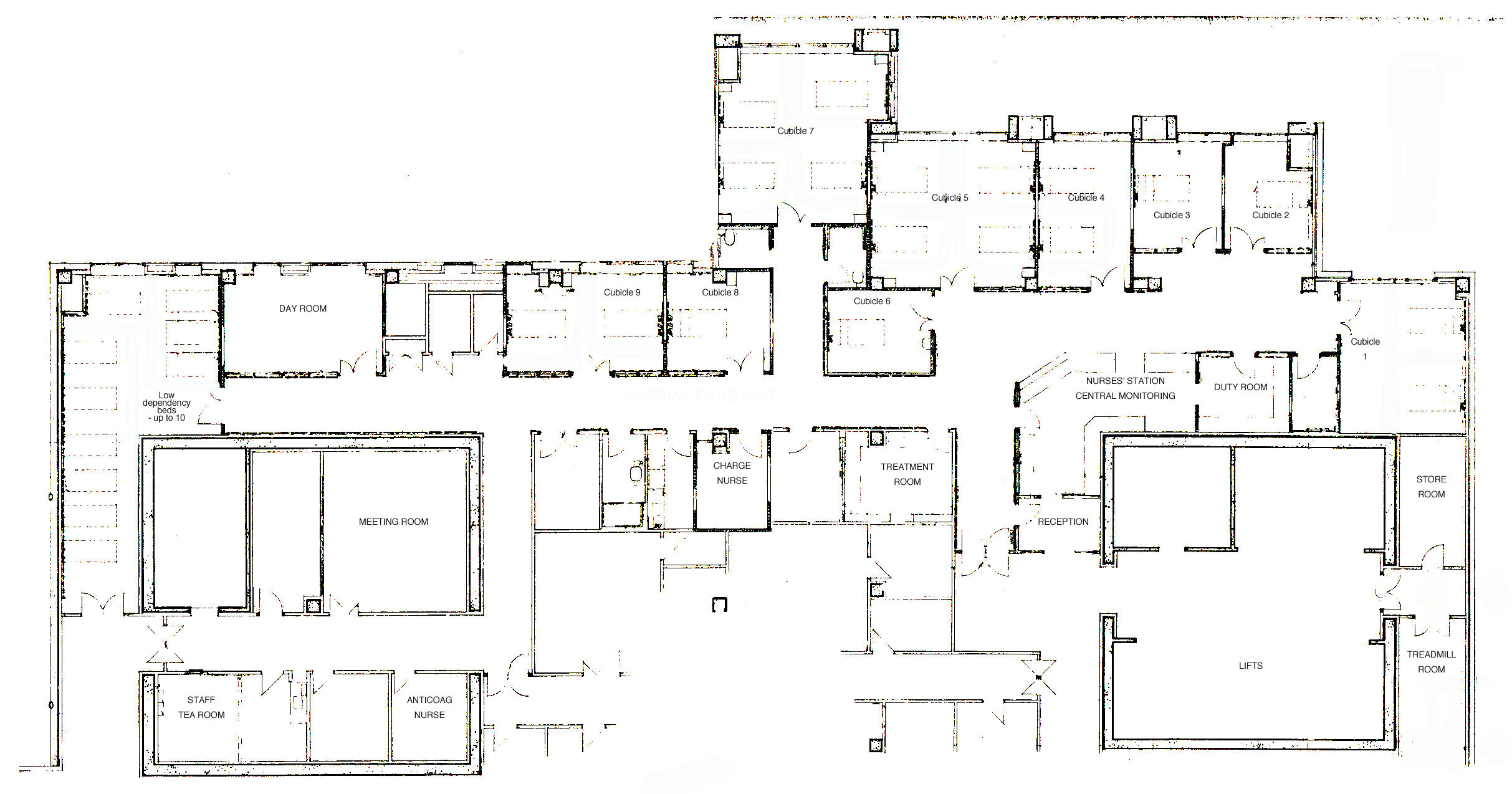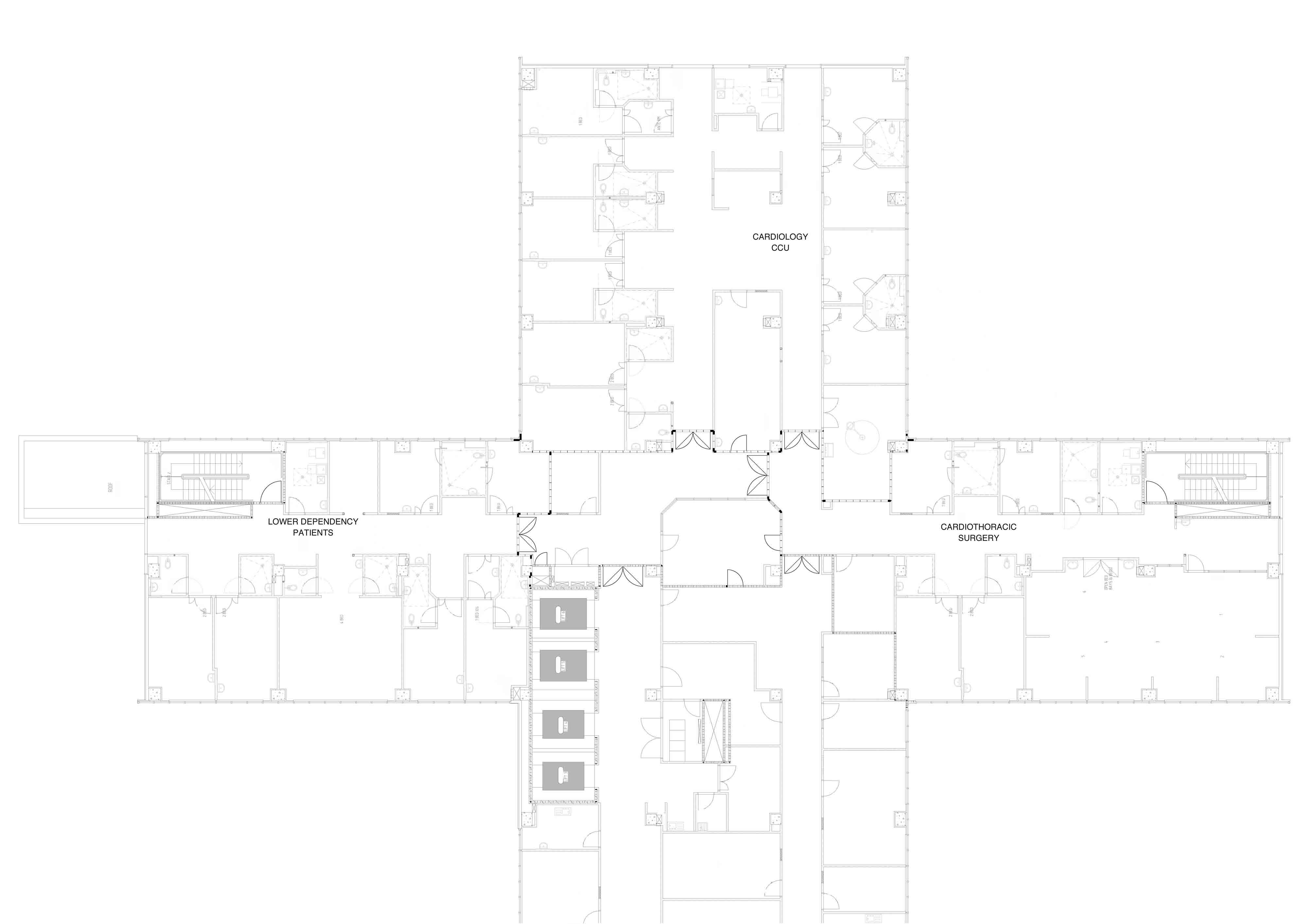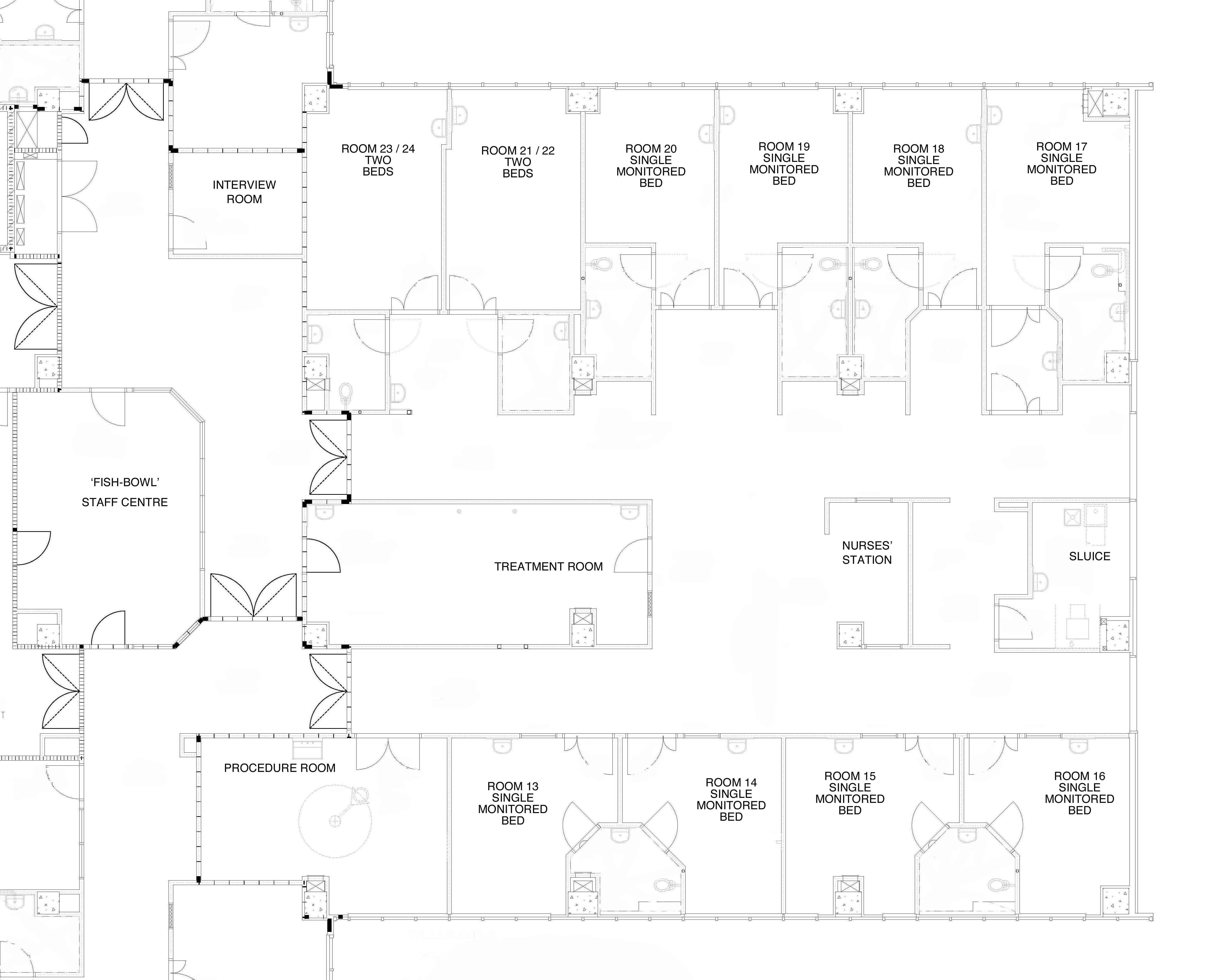When Fred Bowerbank was appointed, he was given a small number of beds for his cardiology patients. However, when he was succeeded by Charles Burns, no beds for cardiology patients were provided. Charles failed in several attempts to remedy this situation, but the hospital's administrators consistently declined on the grounds that Charles already had general medical beds into which he could admit patients with cardiac problems.
In 1955, Ponty Hallwright was appointed to care for patients with hypertension and was given two beds in ward 2 for this purpose. These came from the general medical bed pool, courtesy of Verney Cable.
Charles Burns retired in 1958, Ponty Hallwright was appointed junior visiting physician, and the Board gave approval for six adult cardiology beds (three male in ward 9 and three female in ward 10), and two cardiology beds in the children's medical ward. The case for this establishment included a need for beds for patients undergoing cardiac catheterisation. In 1962, the adult male beds moved to ward 5.
With the appointment of Peter Leslie to the Department in 1963, came approval for an increase in bed numbers. There were now six adult male and six adult female beds (all taken from the general medical bed pool), and four children's beds.
Adult cardiology beds increased significantly with the opening of the Seddon Wing in 1967.
Ward 22 was shared with renal medicine, and was the site of the first CCU. A renal dialysis unit was established in the 4-bed room which had been the site of the original CCU, the CCU having moved along the ward to another 4-bed cubicle.
Cubicle 12 was later added to the ECG-monitored beds, and with the purchase of telemetry units, two additional patients in the general ward were able to be monitored.
The new cardiac catheterisation laboratory was conveniently located off Ward 22, along with an X-ray room.
Adjacent to the cath lab was a conference room in which weekly meetings with the cardiac surgeons were held.
The layout of Ward 22 is seen here:

A major redevelopment of the hospital began with the construction of Block B (Clinical Services Block), and was completed with the commissioning of the Women's Hospital (Grace Neil Block) and the Ward Support Block.
The Seddon Wing was deemed unsuitable to be retained and was scheduled for demolition.
In 1993, Cardiology inpatient services, including the CCU were transferred to a purpose-built facility on level H in the Ward Support Block. This was known as the Cardiac Care Unit
The Unit had 18 beds, seven of which were monitored, plus space for ten transportable, low-dependency beds, these being most commonly used for patients having cardiac catheterisation as a day case. The availability of six telemetry units effectively increased the number of monitored beds.
This was the first time that the hospital had provided an inpatient facility exclusively for cardiac patients.
View the floor plan for the Cardiac Care Unit below:

The Wellington Regional Hospital was ready for occupation in early 2009. The new site for cardiology inpatient services was Level 6 south in the main block.
Like other floors in the same block, there are three 'pods' radiating from a central hub. The new ward area is known as the Wellington Regional Heart and Lung Unit, and comprises 18 beds for cardiology services and 18 beds for cardiothoracic surgery.
One pod houses predominantly cardiac patients including those with acute coronary syndromes; another houses the step-down beds for patients transferred from ICU who have undergone cardiothoracic surgery; and the third pod houses patients of both services with lower dependency.
There is a single Nurse Manager, the experienced Margaret Couper, and to some extent the nursing staff is shared across all areas.
Floor plans for the new facility appear below:

CCU Pod:
